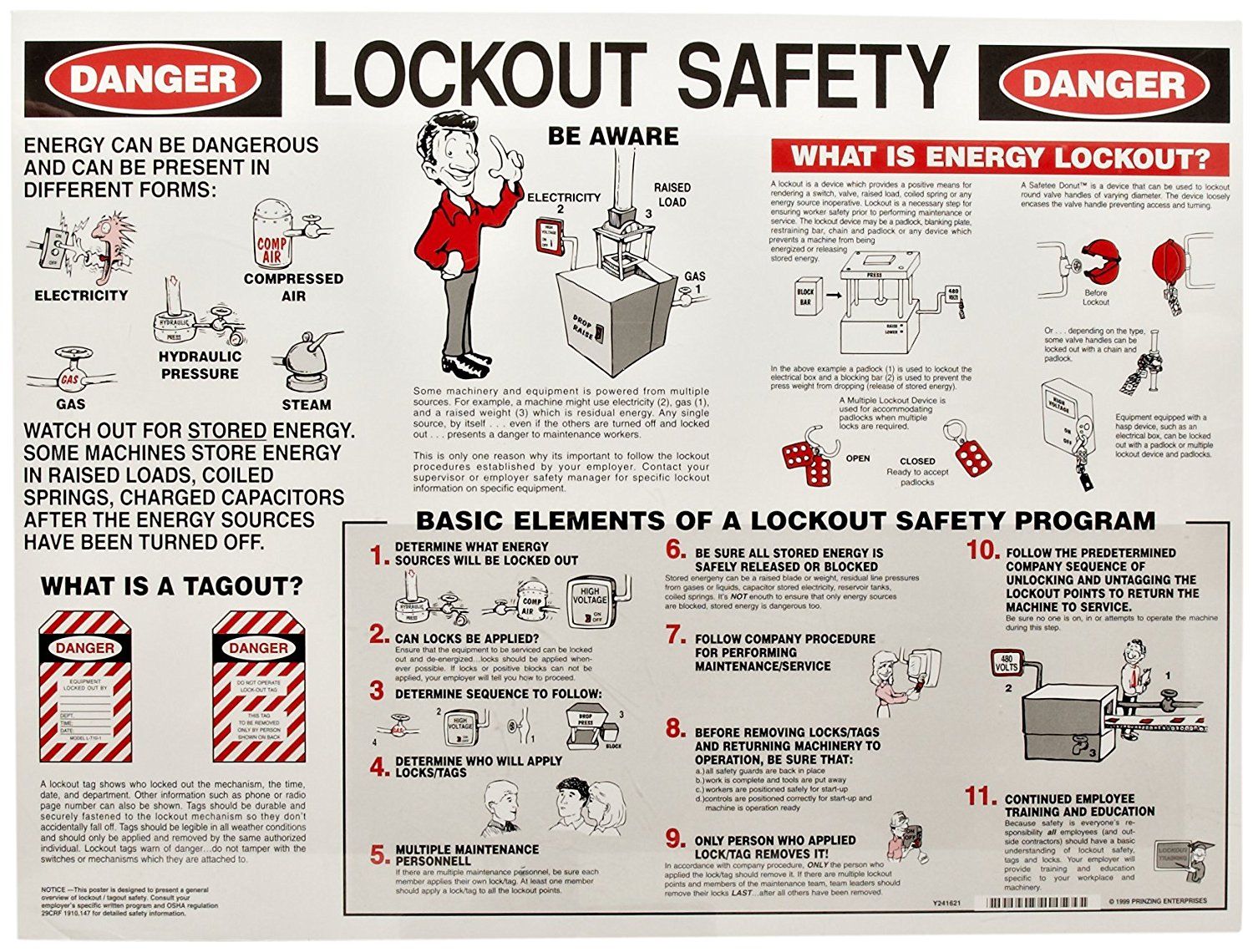Fire Extinguisher - Safety
Breadcrumb
Lock Out / Tag Out Safety (LOTO)
LOTO Safety

The "Lockout/Tagout (LOTO)" procedure is a safety protocol used to prevent accidental or unintended startup of machinery and equipment during maintenance or servicing activities. The guidelines for electrical safety under LOTO include the following:
|
1
|
Authorized personnel: Only trained and authorized employees should perform LOTO procedures. | |
|
2
|
Locks and tags: Locks and tags should be used to physically prevent the activation of energy isolating devices. | |
|
3
|
Energy isolation: All sources of hazardous energy must be identified and isolated before maintenance or servicing activities are performed. | |
|
4
|
Verification of isolation: Before work begins, authorized employees must verify that the equipment is properly isolated and de-energized. | |
|
5
|
Written procedures: A written LOTO procedure should be in place and followed by all authorized personnel. | |
|
6
|
Group LOTO: In some cases, multiple workers may need to work on the same equipment. In these cases, a "group LOTO" procedure should be established to ensure the safety of all workers. | |
|
7
|
Regular review: The LOTO procedure should be reviewed regularly to ensure its effectiveness and to identify areas for improvement |
LOTTO / Tagout Periodic Inspection Form
References:
NPSINST 6055.1 NPS Hazardous Energy Control Program
29 CFR 1910.147, The Control of Hazardous Energy (lockout/tagout)
OPNAVINST 5100.23 Chapter 24, The Control of Hazardous Energy
FE types
The Types of Fire Extinguishers
A
Class A extinguishers are for use on fires that contain ordinary combustibles such as paper, wood, cloth plastics, etc.
B
Class B extinguishers are for use on fires containing flammable liquids like oil, gasoline
C
Class C extinguishers are for fires involving electrical equipment such as tools or appliances.
D
Class D extinguishers are for use on combustible metals. This type of extinguisher is generally only found in factories that work with these particular metals.
Resources

